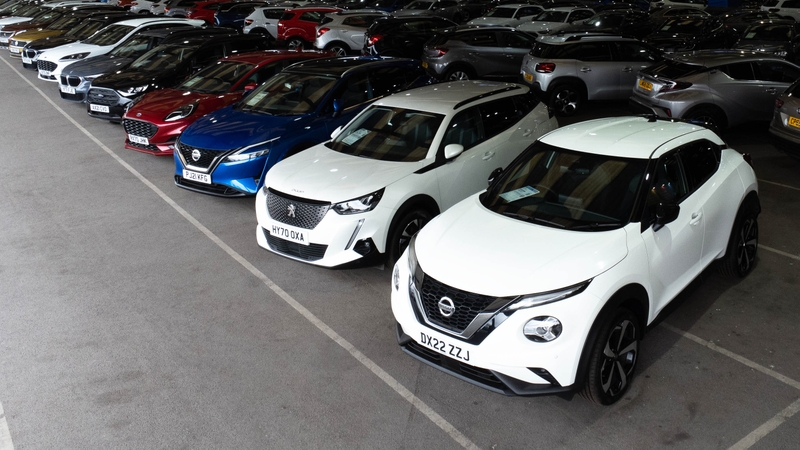
Audi Q2 engines, driving and performance
Gallery
How does the Audi Q2 drive?
The Audi Q2 drives nicely. It’s agile and manoeuvrable at low speeds, while body roll is kept at bay through faster corners. There’s a sporty feel to its setup, so it’s fairly fun to drive down a twisty road, although the steering could do with more feel and weight. A Ford Puma is a better choice if you’re after driving thrills in your small SUV.
Did someone forget to tell the Q2 that it’s a small SUV? Because, on the motorway, it feels solid and unflappable, like a much larger car does. It certainly doesn’t let the Audi SUV side down, and feels like it could sit on the autobahn all day long.
Do that and you’ll also be impressed at how little fuel the Q2 sips, too. Audi has kept the Q2 light, which helps fuel economy. Its two petrol engines return between 45mpg and 50mpg, almost exactly the same as what you’d expect to get in an A3 hatchback.
Is the Audi Q2 comfortable?
Perhaps on an ice-smooth German autobahn, but the Q2 is a bit firm on typically imperfect British roads, where big potholes and bumps can transmit jolts into the cabin. It’s somewhere between being hit with a heavy mallet and sleeping on a soft feather mattress, and whether you find it comfortable will depend on your own preferences. We think it’s communicative but not awful over most roads.
It’s worth noting that the Q2 comes with sports suspension and big wheels on S Line and Black Edition models, so we’d avoid these and go for a lower-spec car on smaller wheels if comfort is a priority. Although, if comfort really is your top priority, you may want to check out the Citroen C3 Aircross or Renault Captur instead.
What’s the best engine to get?
Unless you’re buying an older Q2, you’re only going to see a couple of petrol engines. Diesel engines were phased out a couple of years ago, and you’ll need to be doing the occasional long journey to see the benefit of its slightly higher fuel economy (and to avoid DPF issues). The diesel engines use AdBlue, which needs to be topped up periodically.
Petrol buyers have two choices – a 1.0-litre three-cylinder engine with 110hp or a 1.5-litre four-cylinder motor with 150hp. You’ll see these called ‘30 TFSI’ and ‘35 TFSI’ respectively.
The 110hp engine feels perky around town and is powerful enough to get the Q2 up to motorway speeds – and stay there – without any issue. You should also find insurance costs will be lowest with this engine.
We’d pick the 150hp engine. Not only is it quicker to accelerate and a bit happier on the motorway, but it also unlocks the option of an automatic gearbox. While the manual gearbox is great, the automatic gearbox and strong performance suits the Q2 really well. What’s more, thanks to clever cylinder deactivation tech, half the 1.5-litre engine shuts down when it’s not needed. The upshot is that the 1.5-litre engine shouldn’t cost you any more than the 1.0-litre engine at the filling station.
Speed freaks will gravitate towards the fiery Audi SQ2, which squeezes a 300hp 2.0-litre petrol engine under the car’s stubby bonnet. In older Q2s, you’ll also find a 190hp 2.0-litre petrol. Both of these options come with Audi’s quattro four-wheel-drive system.
Audi Q2 performance
No Audi Q2 feels laboured getting up to speed, and there’s no bad choice in the lineup. The entry-level 1.0-litre 30 TFSI petrol takes around 11 seconds to get from 0-62mph and feels quick enough if you use the engine’s revs. Cars with the 1.5-litre 35 TFSI engine take just 8.6 seconds to crack the same benchmark, and feel noticeably quicker in day-to-day driving.
If speed is a must, the four-wheel-drive Audi SQ2 hits 0-62mph in a blazingly fast 4.8 seconds. It’ll only return around 33mpg, though, compared to the 45-50mpg you’ll get out of the less powerful petrols.
There aren’t any hybrid or electric versions of the Q2, so you’ll have to put up with high fuel costs if you want rapid acceleration.
























































